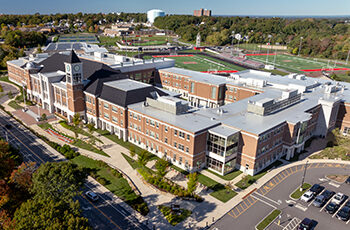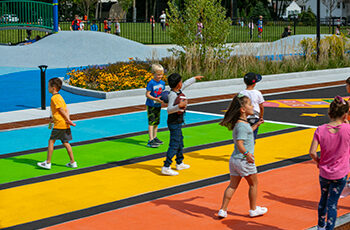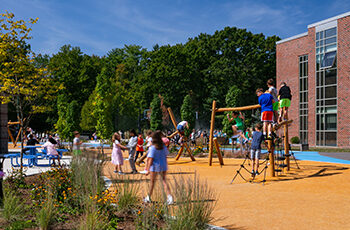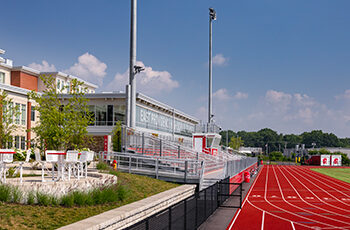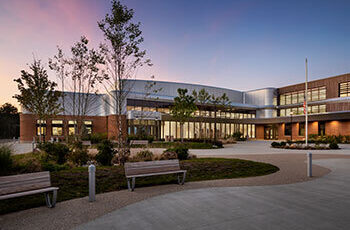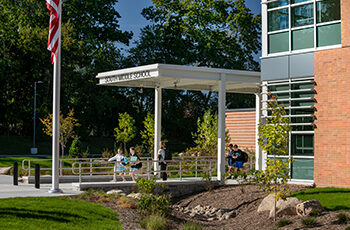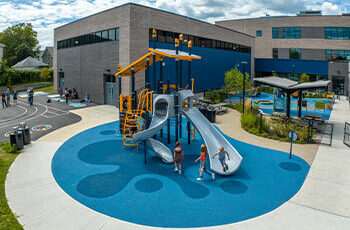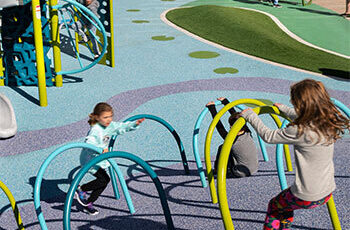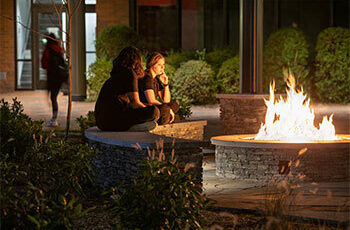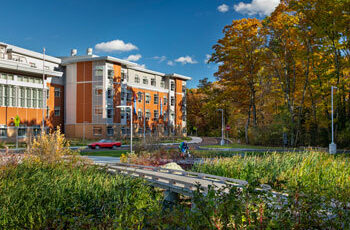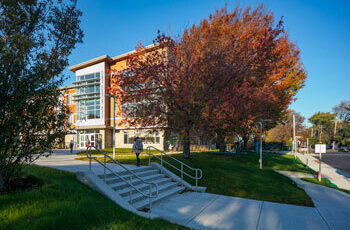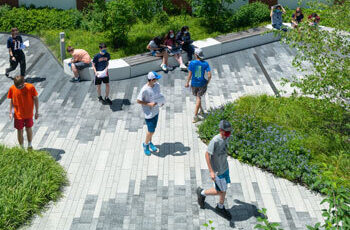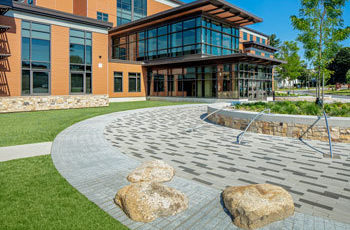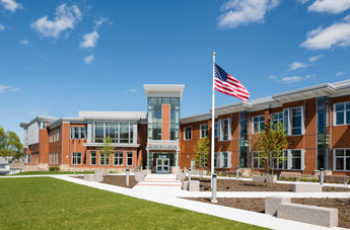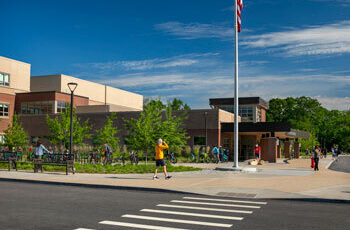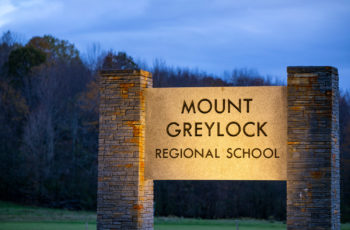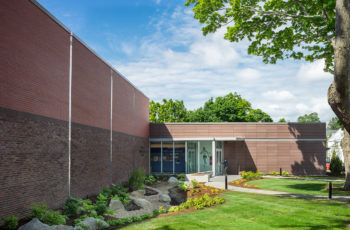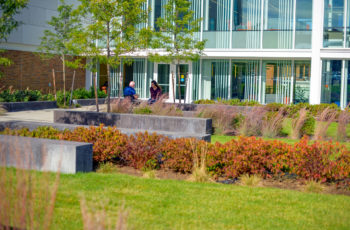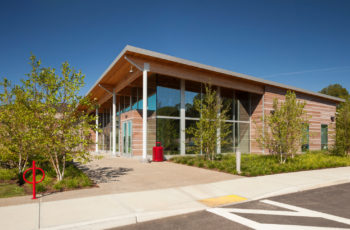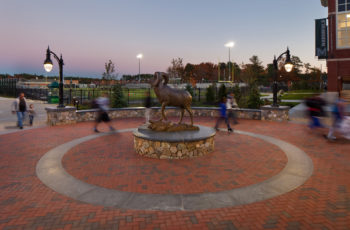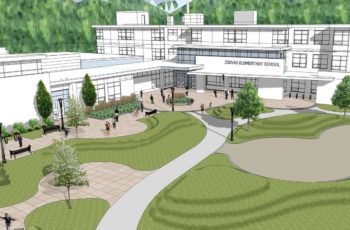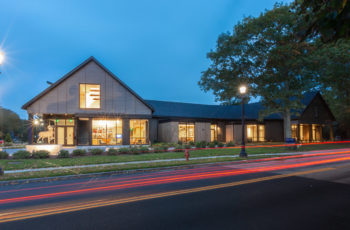A New High School for Lowell Students
Lowell, MassachusettsOverview
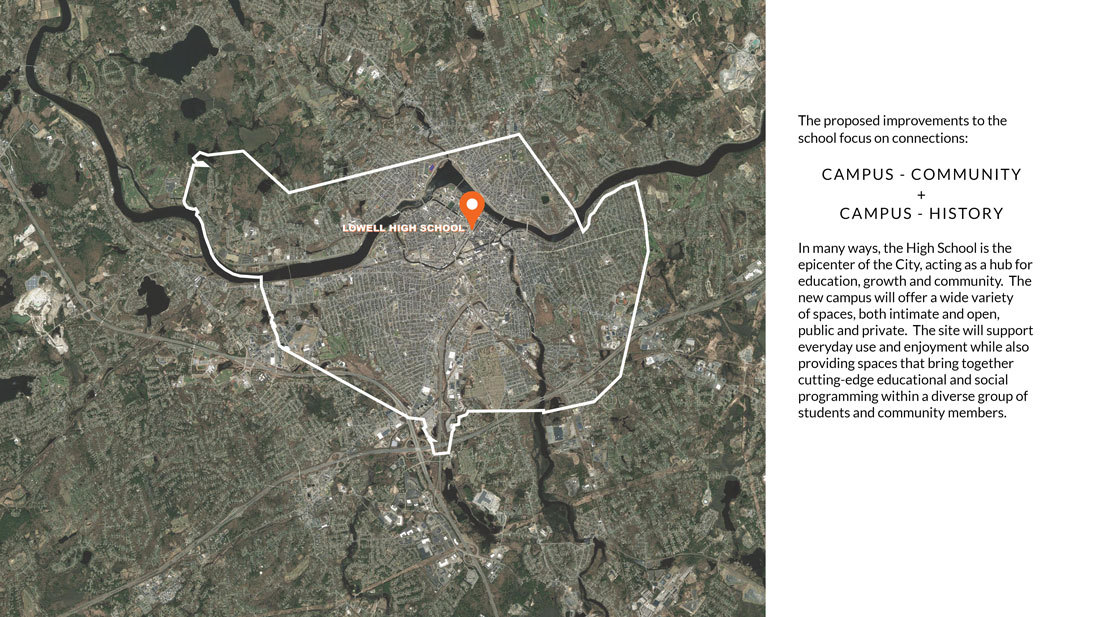
The Challenge
The high volume of students, dense urban setting, and space-constrained site bring about interesting design challenges for the school. Goals for the proposed design aim to:
-create a campus-like atmosphere across the two sites
-provide flexible, functional spaces that promote learning + foster social interaction
-establish native habitats and improve ecological systems of campus
-celebrate city’s history and cultural identity
-provide space for temporary community events
The Solutions
The proposed site design adheres to a linear and angular organizational structure that responds to the urban grid formed by the city and its highly-engineered canals. Taking formal inspiration from this framework will bolster the campus’s connection to the city and provide reference to Lowell’s deep history of industry, growth and resilience.
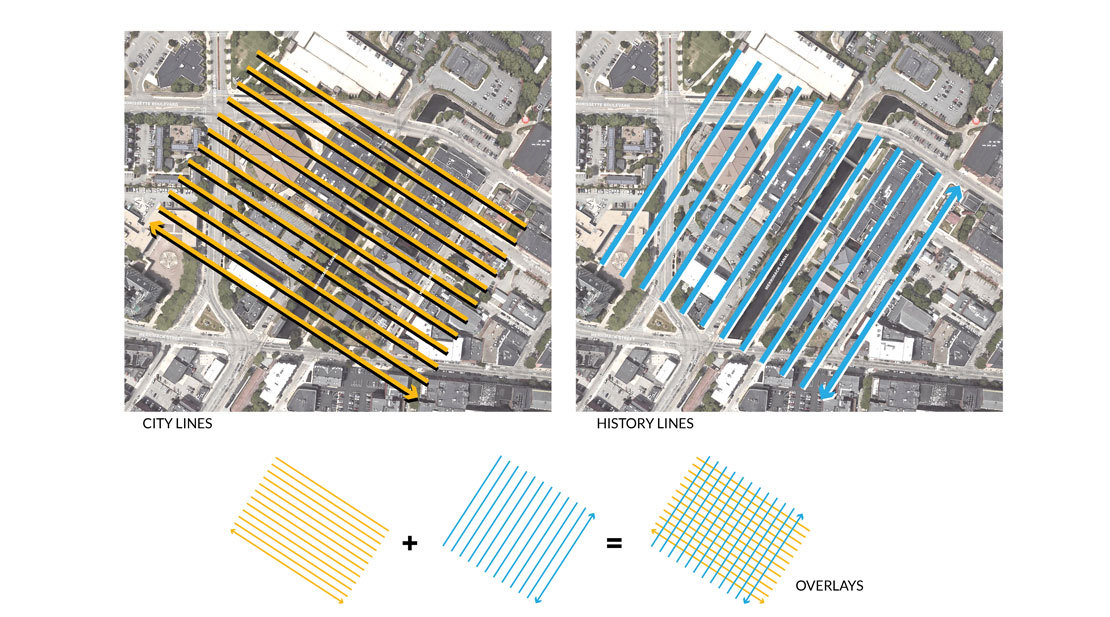
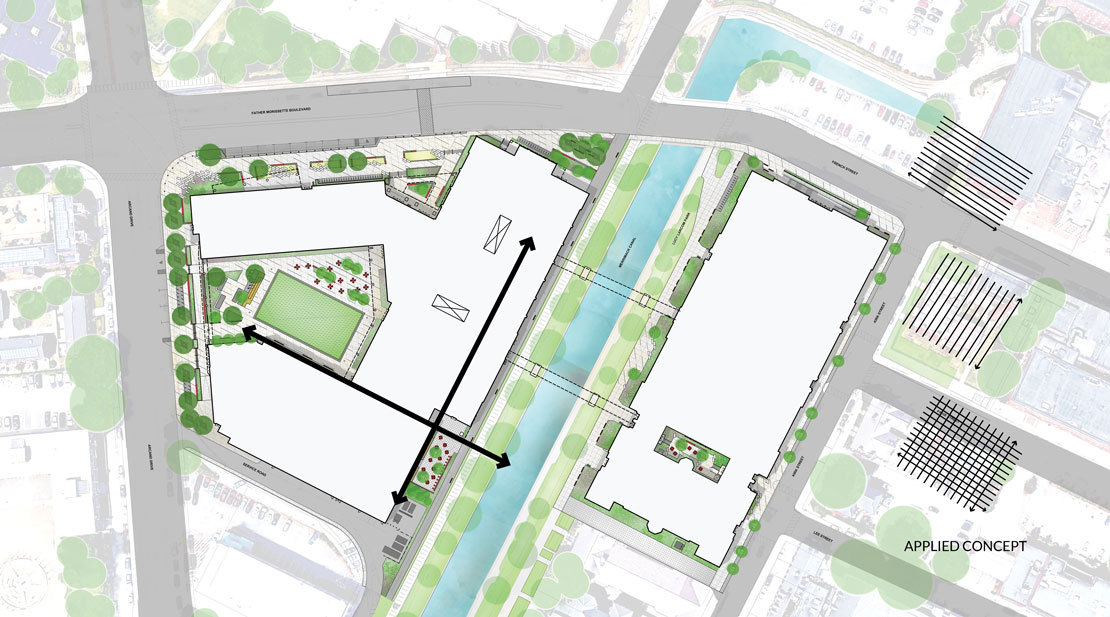
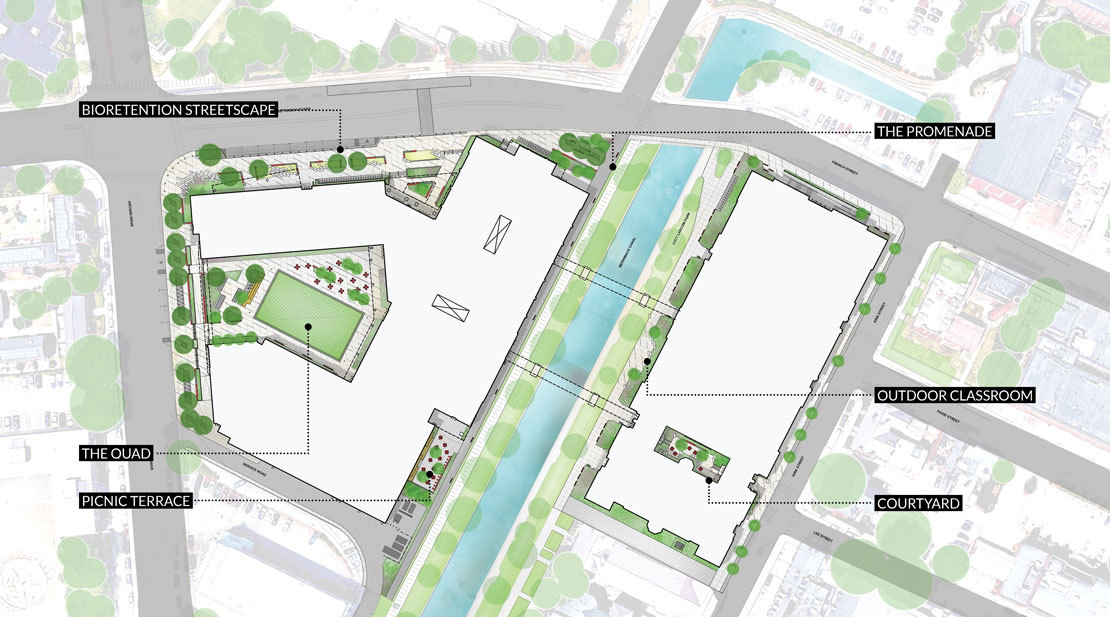
The design features a multi-use quad, generous pedestrian-friendly streetscapes, an outdoor picnic terrace, rooftop vegetable garden, a promenade along the canal edge and various outdoor learning spaces.
Connection to Nature
A large system of bioretention cells along the street collect and filter stormwater from the surrounding sidewalk and roof areas before infiltrating them back into the ground. Large striated formations of reclaimed granite slabs mimic the natural rock outcrops found along the rapids in the Merrimack River and a native planting palette provides an educational element to the site.
















